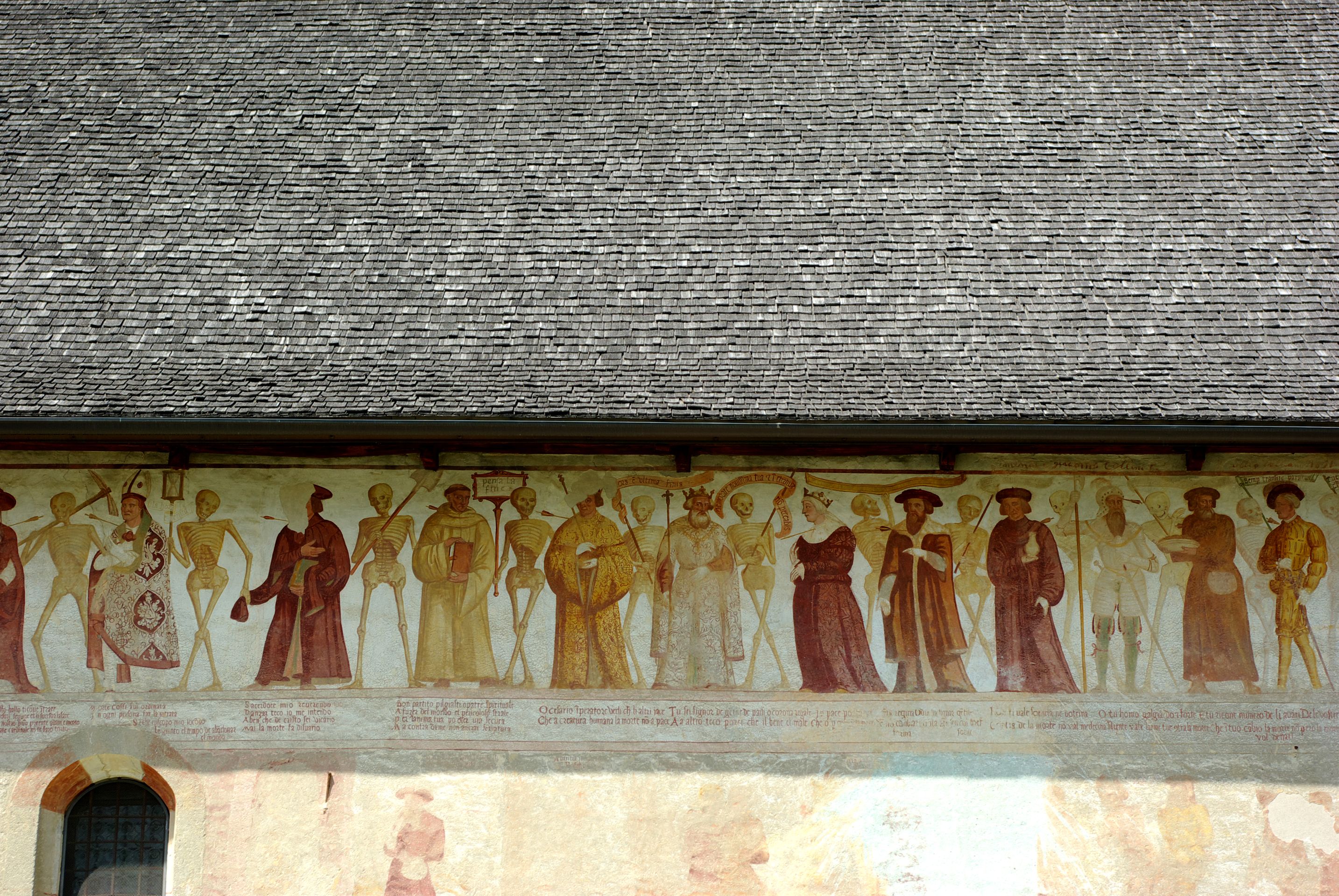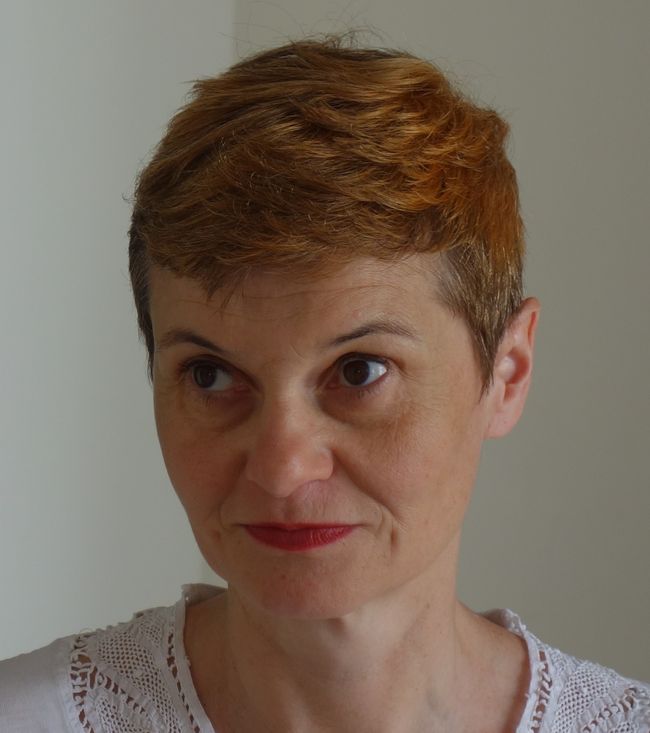Painting like on an assembly line - and an exception
ተሓቲሙ: 11.10.2020
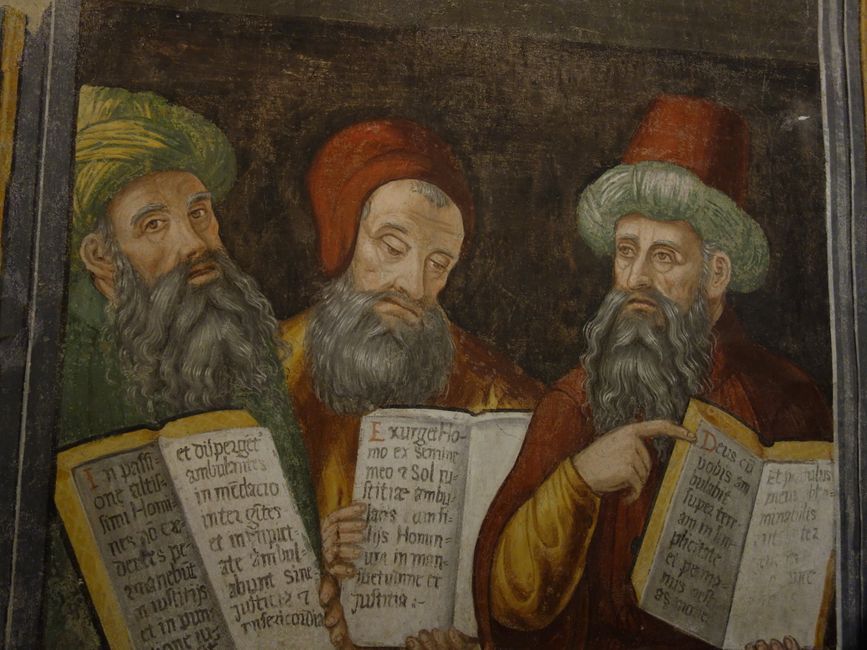
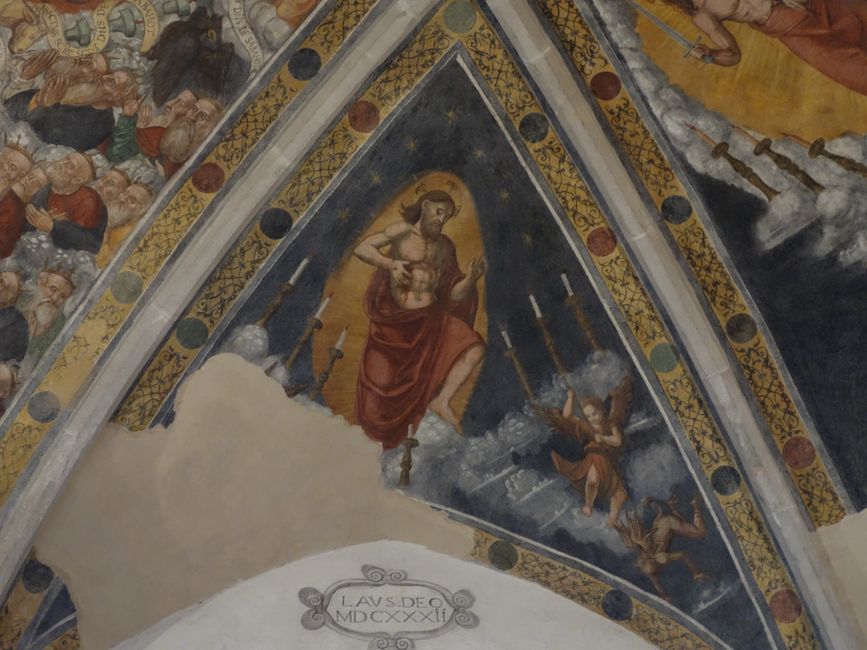
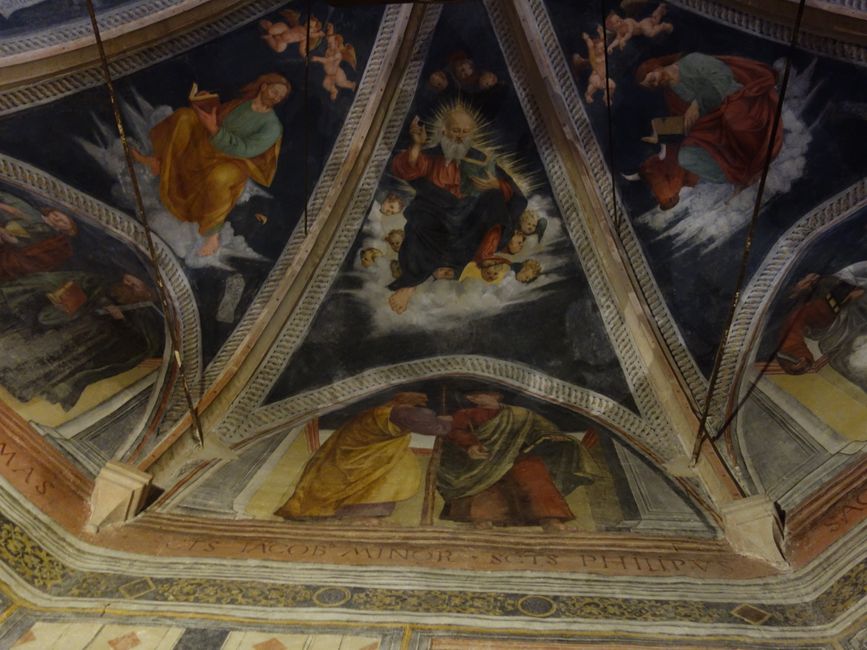
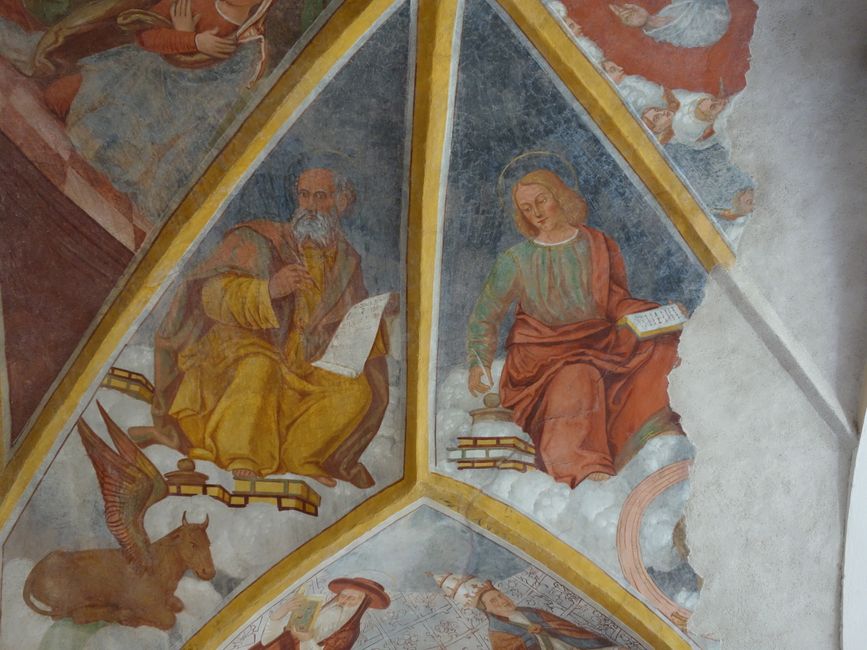
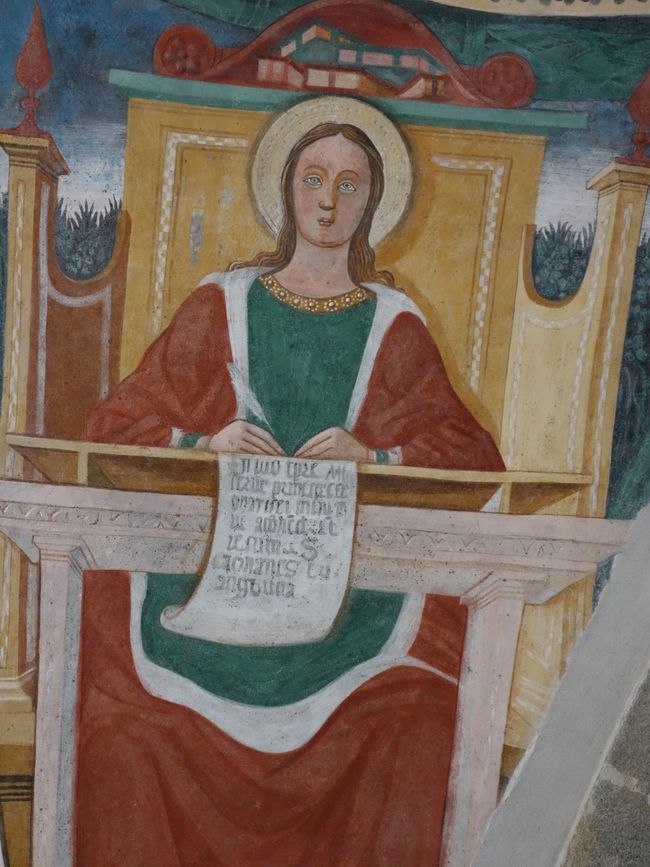
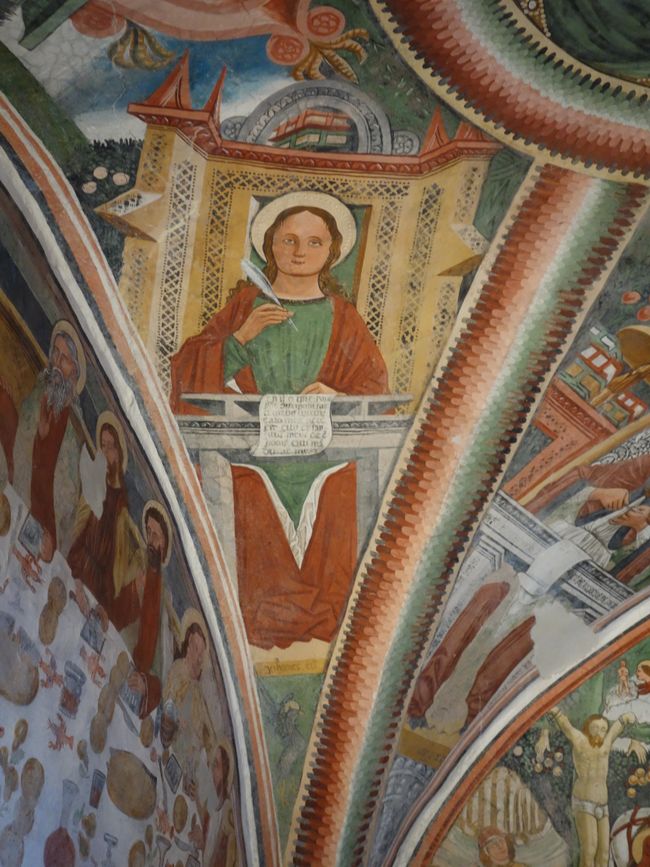
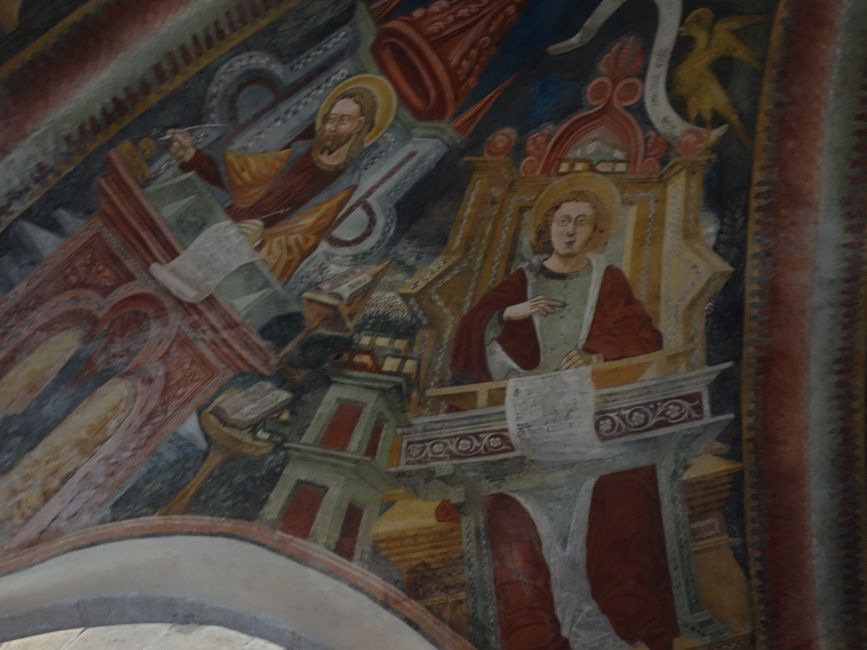
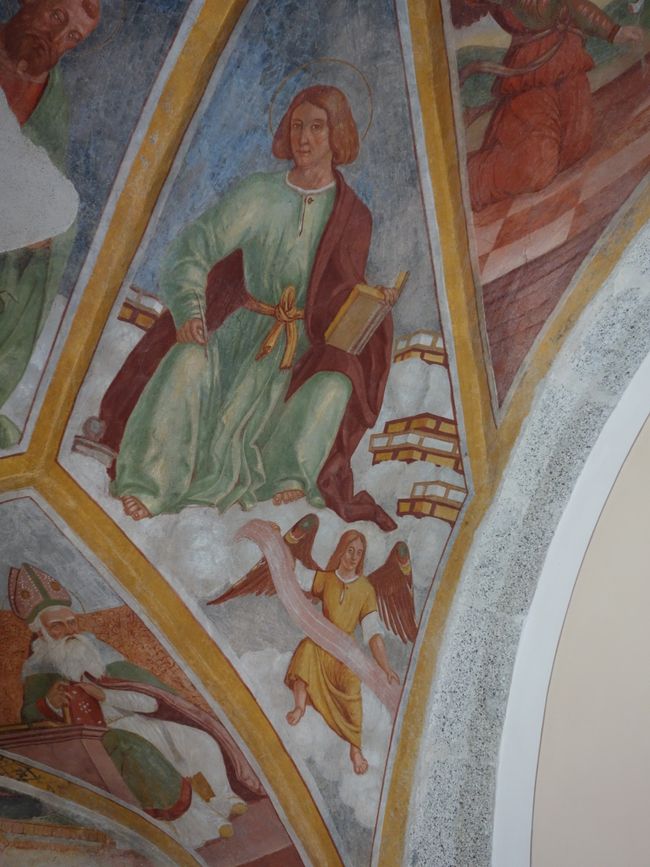
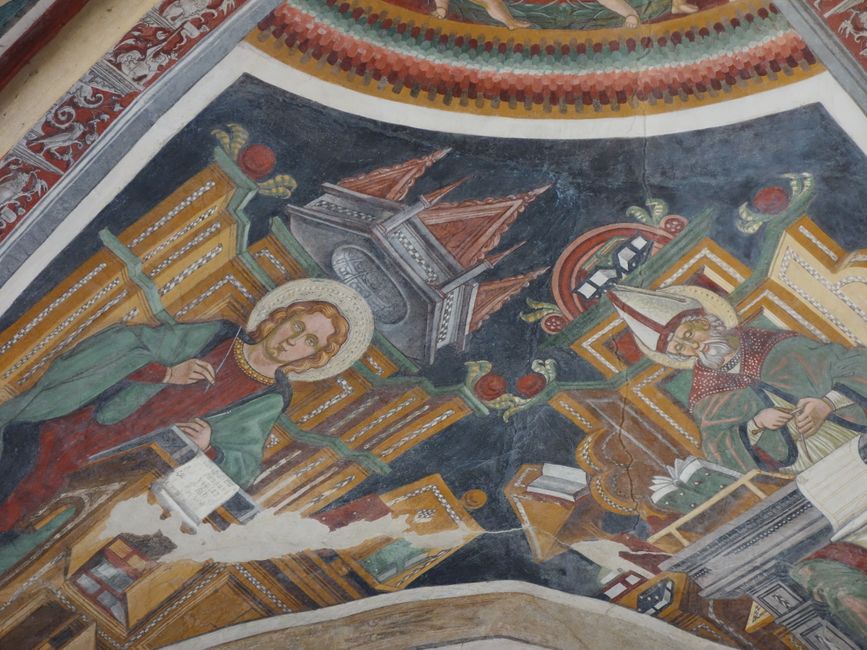
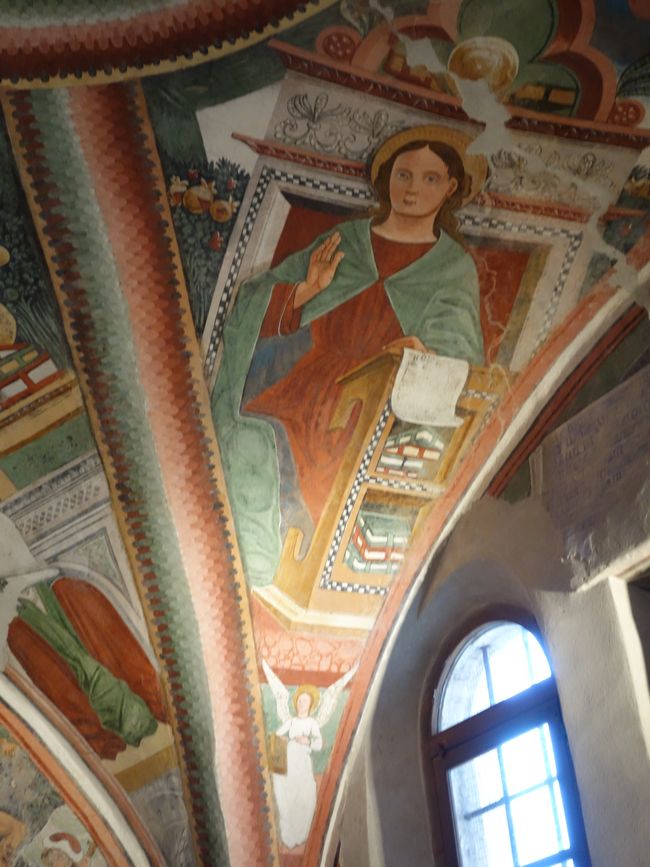
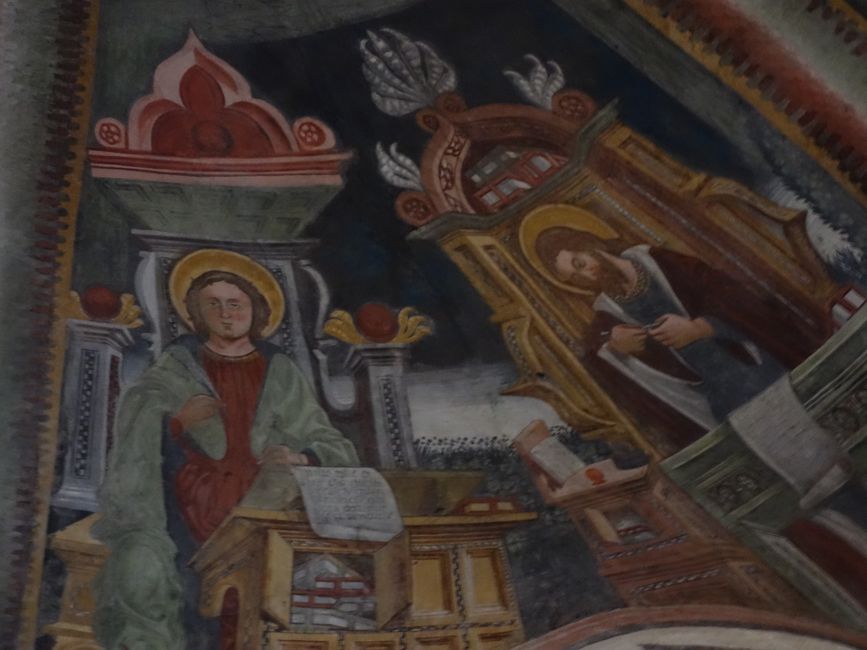
ንዜና ሳብስክራይብ ግበሩ
So far we have seen 15 churches with Baschenis frescoes. In comparison, one thing becomes clear: the Baschenis were something like assembly line painters and were commissioned because they had a fixed repertoire of motifs that they used everywhere (almost like icon painters) and thus made the saints and biblical scenes immediately recognizable even to illiterate people. For us, who consider art to be a creative act, this is strange. And so today we appreciate most the Baschenis who did not do this - and who were also the best painters by far: Simone II. When comparing his works with those of his father Cristoforo II, the different approach becomes immediately apparent, as does the difference in quality. For both of them, it is true that depending on the client, fee, and time budget (which of those played a role cannot be determined anymore), they invested different amounts of effort or painted themselves or had their workshop do it.
I have tried to document this with the photos accompanying this post: The top row shows only works by Simone II: the wonderful faces of three old scribes, a moving scene from the Apocalypse, and God the Father between John (eagle) and Luke (bull), all from the church in Dasindo, all very modern for the time and this remote mountain region (quasi behind the seven mountains with the seven dwarfs). The next row starts again with Simone II and shows a more traditional representation of the two evangelists - next to them, John in the versions left by Cristoforo II appears stiff, awkward, and uninspired, but the clothing and writing desk immediately make it clear who is meant here. In the third row, the same game is played with the evangelist Matthew and his angel. In total, an apse frescoed by Cristoforo II also has something to offer, with its lively colors and expressive scenes - but it is better not to look too closely.
ንዜና ሳብስክራይብ ግበሩ
መልሲ
